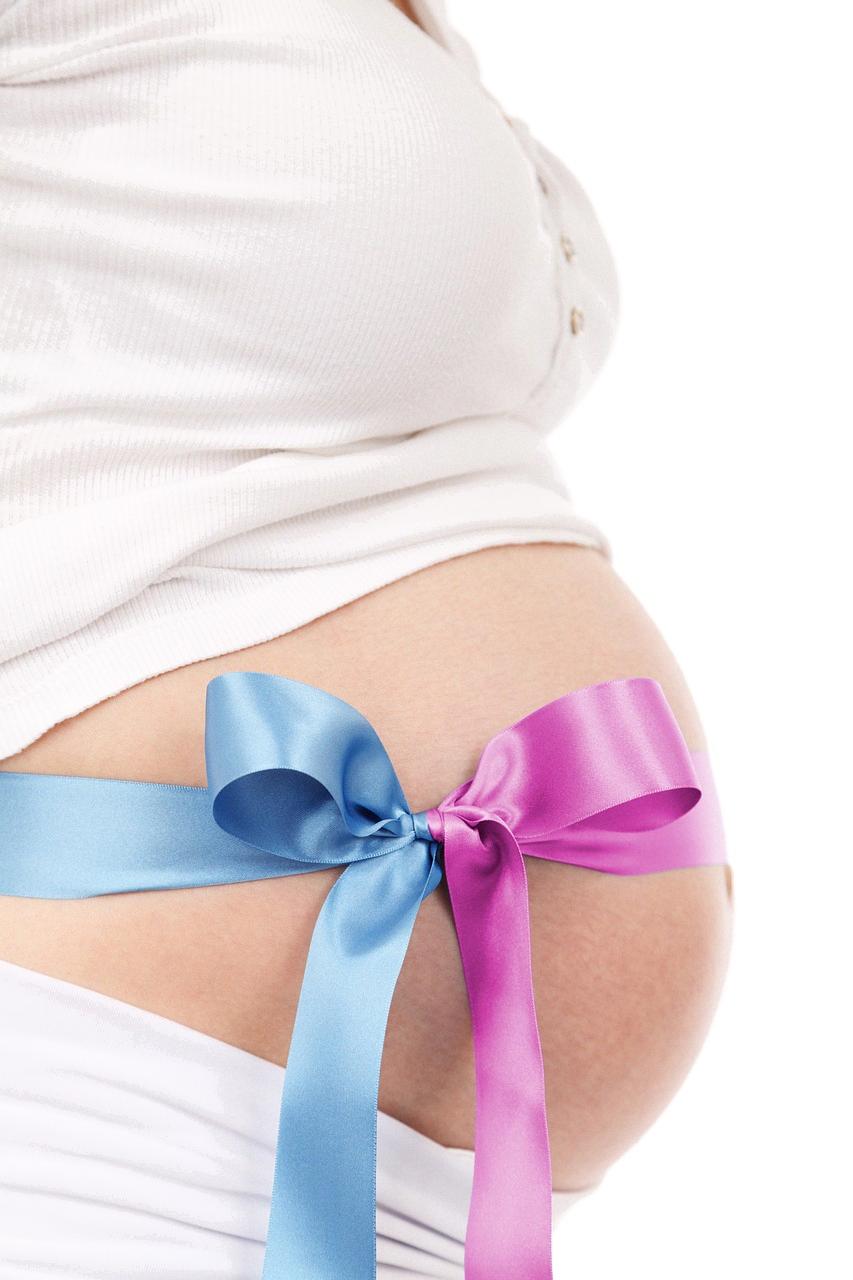Effacement is a crucial aspect of the cervical changes that occur in preparation for childbirth. It is a process in which the cervix gradually thins out and softens in anticipation of labor. This transformation is measured in percentages, ranging from 0% (cervix being thick) to 100% (cervix fully thinned out).
When Does Effacement Begin?
Effacement typically starts around week 36 of pregnancy. At this stage, your healthcare provider may begin monitoring the effacement progress during prenatal visits. It is essential to remember that every pregnancy is unique, and the timing of effacement can vary from person to person.
Signs of Effacement
As effacement begins, you may experience certain signs that indicate your cervix is thinning out. These signs can include increased vaginal discharge, mild cramping, or a sensation of heaviness in the pelvic region. However, not all individuals may notice these symptoms, as effacement is not always accompanied by obvious physical changes.
Importance of Effacement
Effacement is a significant indicator of your body’s preparation for labor. As the cervix effaces, it allows the baby to move further down the birth canal, facilitating a smoother delivery process. Monitoring effacement progress helps healthcare providers determine the readiness of your body for childbirth.
Factors Affecting Effacement
Several factors can influence the timing and pace of effacement. These factors include previous pregnancies, maternal age, and overall health. Additionally, lifestyle factors such as nutrition, hydration, and physical activity can play a role in the effacement process.
Consulting Your Healthcare Provider
If you have questions or concerns about effacement and its timing in your pregnancy, it is crucial to discuss them with your healthcare provider. Your provider can offer personalized guidance based on your specific circumstances and ensure that you receive appropriate care throughout the remainder of your pregnancy.
Monitoring Effacement Progress
During prenatal appointments, your healthcare provider will assess both effacement and dilation of the cervix. These assessments help track the progress of your cervix as it prepares for labor. Understanding these measurements can provide valuable insights into the impending birth process.
Preparing for Labor
As effacement progresses, it is essential to make preparations for labor and delivery. This includes packing your hospital bag, finalizing birth plans, and ensuring that you have support available during labor. Being well-prepared can help alleviate stress and ensure a more positive birthing experience.
Emotional Preparedness
In addition to physical preparations, it is vital to address the emotional aspects of labor and childbirth. Engaging in relaxation techniques, discussing your feelings with a partner or healthcare provider, and attending childbirth education classes can help you feel more confident and empowered as the delivery approaches.
Final Weeks of Pregnancy
As you enter the final weeks of pregnancy, staying attentive to your body’s changes and being mindful of potential signs of labor can help you navigate this transformative period with greater ease. Remember to prioritize self-care, rest, and communication with your healthcare team.
Conclusion
In conclusion, effacement typically begins around week 36 of pregnancy and is an integral part of the cervical changes that occur in preparation for childbirth. By understanding the process of effacement, monitoring its progress, and preparing for labor both physically and emotionally, you can approach childbirth with confidence and readiness. Remember to consult your healthcare provider for personalized guidance and support throughout this journey.

